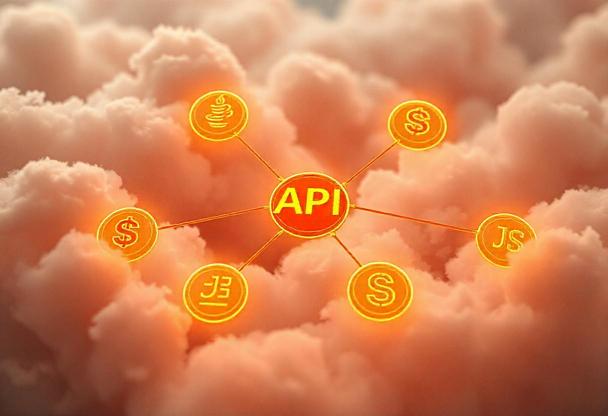An API (Application Programming Interface) is like a waiter at a restaurant. It acts as a middleman between you (the user) and the kitchen (the system or service).
You tell the waiter what you want (place an order), and the waiter delivers your request to the kitchen and then brings you the prepared food.
Similarly, an API lets different applications or systems communicate with each other by sending and receiving requests and responses.
In simpler terms, an API is a way for two programs to talk to each other and share information.
Components of an API
An API typically has the following components:
Endpoint: The URL or address where the API is available. Example: https://api.openai.com/v1/models
Request: This is how a user/application asks for something from the API. A request might include:
Method: Type of action you want to perform (e.g., GET, POST, PUT, DELETE).
Headers: Extra information like authentication tokens or content type.
Body: The actual data being sent (e.g., for creating or updating something).
Response: The API sends back a result or confirmation. Responses often include:
Status Code: Indicates success (e.g., 200 OK) or failure (e.g., 404 Not Found).
Body: The actual data returned (e.g., the details of a user or error message).
Authentication: Many APIs require you to prove who you are (like logging into an app). This is often done using API keys, tokens, or OAuth.
Documentation: A guide that explains how to use the API, including available endpoints, request parameters, and response examples.
Real-Life Use Cases of APIs
APIs are used everywhere! Here are some examples:
Weather Apps: A weather app uses APIs to fetch real-time weather data from a weather service (e.g., OpenWeatherMap API).
Social Media: Apps like Instagram or Twitter use APIs to let you post updates, fetch posts, or interact with other users. Example: When a website shows your recent tweets, it’s using the Twitter API.
Payment Gateways: Services like PayPal or Stripe use APIs to process payments securely.
Maps and Navigation: Apps like Uber or Google Maps use APIs to get location data, calculate routes, and show maps.
E-Commerce: Online stores use APIs to display product catalogs, process orders, or integrate with shipping companies.
Streaming Services: Platforms like Netflix or Spotify use APIs to stream movies, music, or display recommendations.
Smart Home Devices: APIs allow your phone to talk to smart devices like thermostats, cameras, or lights (e.g., controlling a smart bulb via Alexa).
Travel and Booking: APIs are used to aggregate flight, hotel, or car rental data from different companies into one app, like Expedia or Booking.com.
Why Are APIs Important?
- Efficiency: APIs allow systems to reuse each other’s functionality instead of building everything from scratch.
- Scalability: They enable businesses to expand services by integrating new tools or data sources easily.
- User Experience: APIs connect multiple services, creating seamless user experiences.
Would you like to explore APIs more deeply, or maybe see an example in action?
Conclusion
In this article, I explained what an API is and its components, and some real-world applications of the API method of developing applications on the web.
Most modern applications on the internet are driven by APIs, websites, mobile apps, and IoT services; AI-based applications are all driven by APIs.
It is a universal interface used across different implementations of technology. Understanding the basics of an API is very crucial as a software engineer, cloud engineer, or DevOps engineer.



